Description
Rabbits on a Log by Arthur Fitzwilliam Tait printed on a Sweatshirt
About the Sweatshirt
Regular fit
Standard length, the fabric easily gives into movement
Comfortable
The fabric and fit of this item are extra comfy
Tear-away tag
Easily removable tear-away tag that allows you to add a custom inside label
This Unisex Premium Sweatshirt has a classic crew neck, flattering unisex fit, and soft 100% cotton exterior.
- 100% cotton face
- 65% cotton, 35% polyester
- Charcoal Heather is 55% cotton, 45% polyester
- Fabric weight: 8.5 oz./yd.² (288.2 g/m²)
- Tightly knit 3-end fleece
- Side-seamed construction
- Self-fabric patch on the back
- Double-needle stitched rib collar, cuffs, and hem
- Tear-away label
Arthur Fitzwilliam Tait (1819-1905)
Arthur Fitzwilliam Tait was a British-American artist who is known mostly for his paintings of wildlife. During most of his career, he was associated with the New York City art scene.
Tait was born in Livesey Hall near Liverpool, England. At eight years old, because his father went bankrupt he was sent to live with relatives in Lancaster. It is during that time that he became attached to animals. Later on, in Manchester, England, Agnew & Zanetti Repository of Art acquired Arthur Tait who began self-learning to paint, as a twelve-year-old boy. His work consisted mostly of reproduced lithography that were exposed for Agnew’s exhibitions. In 1838, he left the Agnew lithography reproduction business to marry.
During the period 1845-1848 he produced a number of lithographs of railway subjects with a particular focus on landscapes showing Lancashire and Yorkshire lines.
During the late 1840s he became aware of the Americas while attending a George Catlin exhibition in Paris. He immigrated to the United States in 1850, where he established a small painting camp in the Adirondacks to paint during summer. Starting in 1852, Currier & Ives reproduced lithographies of his works to publicize him. What also promoted his talent was exhibitions held at the National Academy of Design, New York during the late 19th century showing more than 200 paintings of his. In 1858 he was elected to full membership of the Academy.

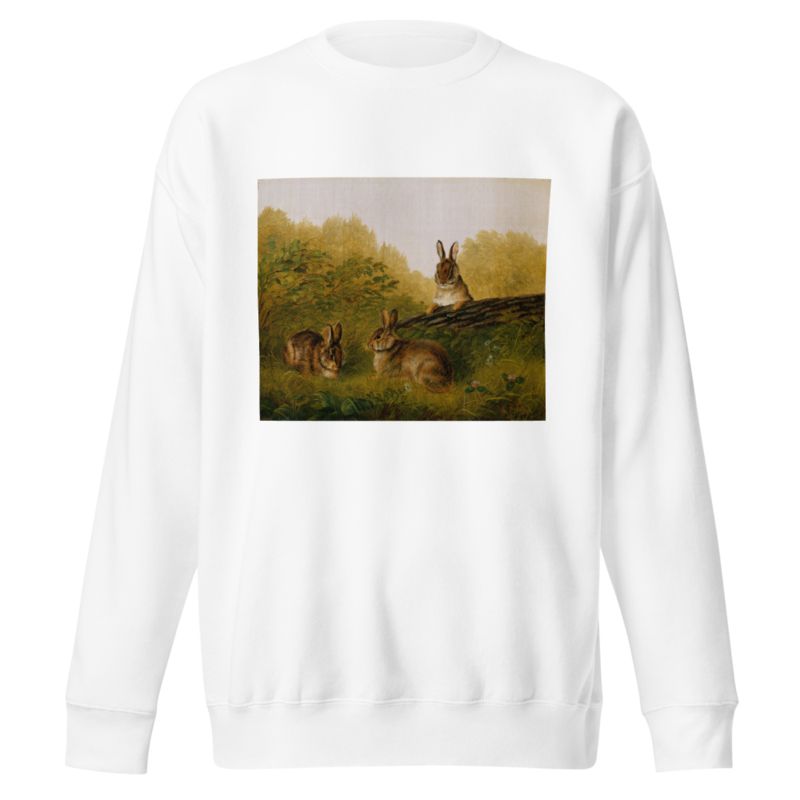
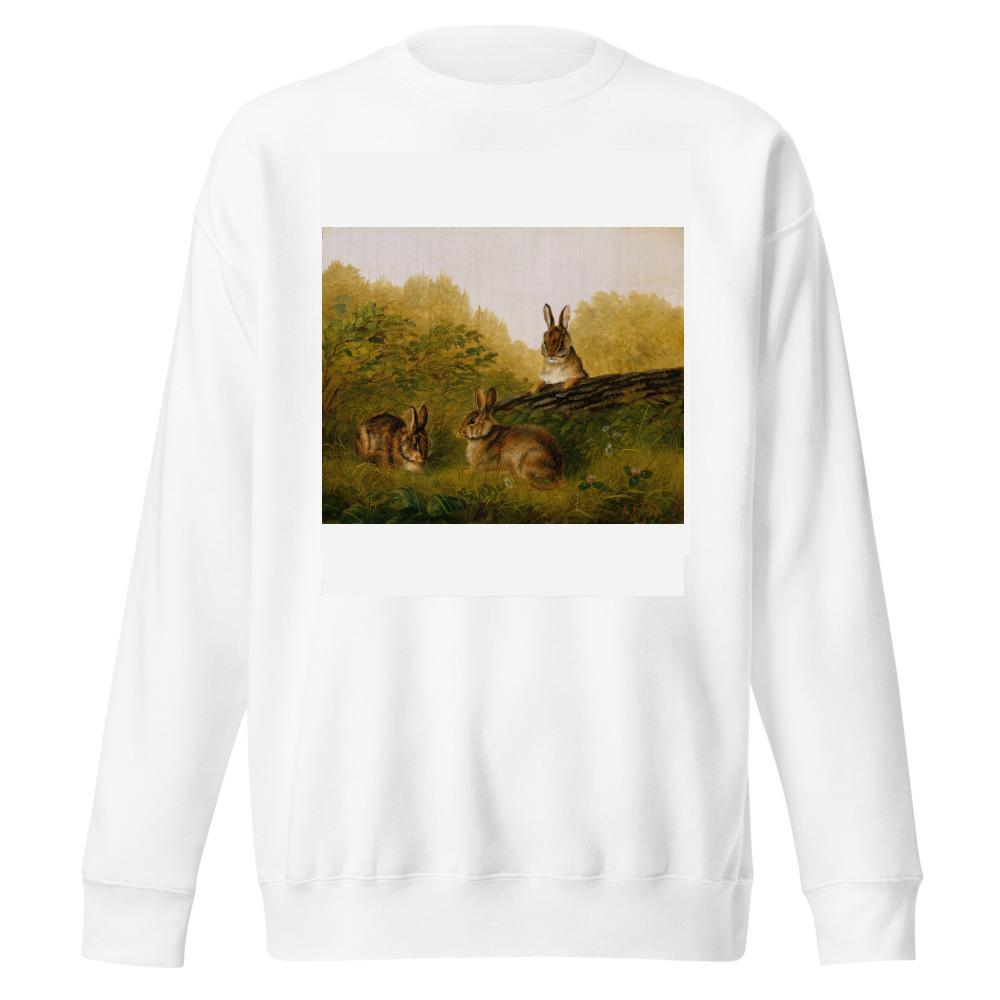
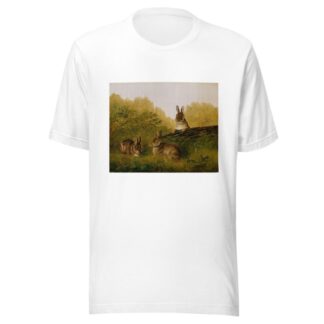
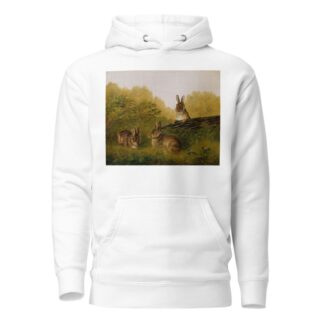
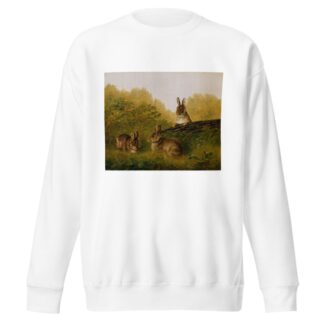
Reviews
There are no reviews yet.